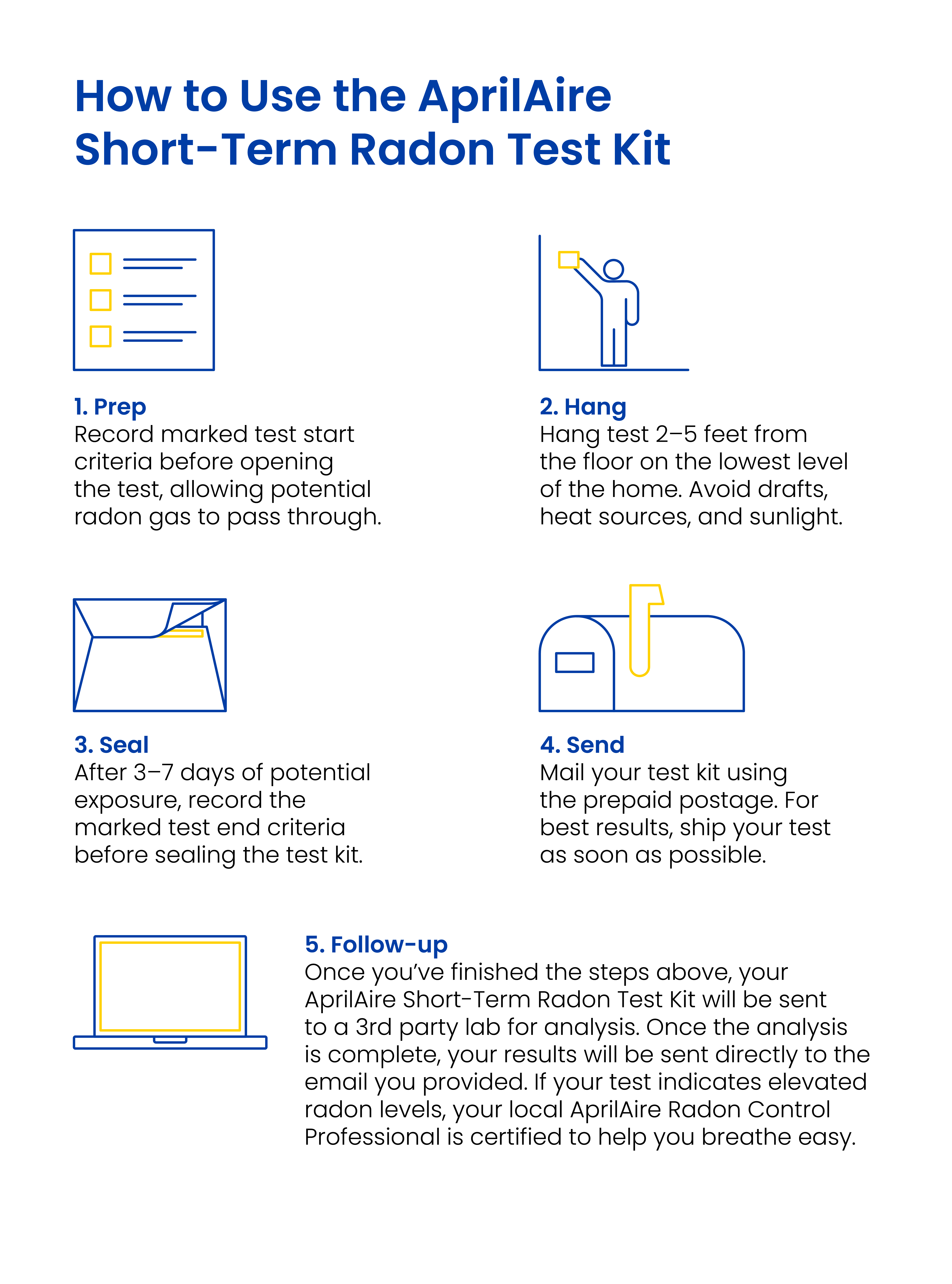Your Guide to Radon Mitigation: Advice From a Trusted HVAC Contractor and Healthy Air Professional
3 minute read
Whether you’re thinking of moving, settling into a newly built space, or continuing to enjoy your current home, testing for radon and radon mitigation are not something to neglect! In fact, over 30 states across the country have higher-than-average radon levels, but no matter where you live, it’s important to incorporate testing for radon into your home maintenance routine.
An Expert Guide to Radon Mitigation
To help answer all your radon-related questions, HVAC contractor and trusted AprilAire Healthy Air Professional, Marcus Nelson—President & CEO of Harker Heating & Cooling, Inc.—walks you through the testing and radon mitigation process for a stress-free remediation experience!
Getting to Know HVAC Contractor Marcus of Harker Heating & Cooling, Inc.
“I’m currently the president and CEO of Harker Heating & Cooling, Inc.,” Marcus shares, “and while I’ve been working here for over 15 years, Harker has been around since 1949.”
“Harker is a medium-sized HVAC company that currently has 50 trucks servicing all of Dane County, Wisconsin. Our HVAC contractors work in both residential and commercial buildings, providing HVAC maintenance emergency service, HVAC equipment replacements, water heater and softener replacements, and radon mitigation,” Marcus explains. “We’ve been working with, selling, and installing AprilAire products for almost 30 years. As the president and CEO, I oversee the day-to-day business operations.”
HVAC Contractor
“[Testing for radon] is one of those things that people think about when they’re buying a new house but forget about and never revisit,” and Marcus knows from experience.
To help homeowners in his community better understand why annual radon testing is necessary, this HVAC contractor offers this comparison: “I like to think of it as people that have well water are supposed to get their water tested annually. The same actually is true about radon. It can fluctuate over time, so it’s good to monitor any changes.”
“They say,” Marcus continues, “levels above 4 pCi/L (or picocuries per liter) are considered hazardous.” What makes this HVAC contractor a true radon expert is his own personal experience with radon testing!
Marcus shares, “When my wife and I built our home back in 2019, we actually tested for radon when it was done. The levels came back over 12 pCi/L, which is three times higher than the hazardous level. And if you’re exposed to high levels of radon for an extended period of time, it can lead to lung cancer. Radon gas is the #1 cause of lung cancer in nonsmokers. My wife said, ‘We shouldn’t move into the house.’ But since we had worked so hard on it, I knew that wasn’t the right plan. I opted for radon mitigation, and when we retested, the levels came back below 1 pCi/L.”
Protect Your Home and Health: Test Your Radon Levels Now
Using an AprilAire Short-Term Radon Test Kit, you can learn more about your home’s radon levels. The below graphic shows just how easy it can be!
High Radon Levels? What to Know About Radon Mitigation
HVAC contractors, like Marcus, “send out radon professionals to meet with homeowners and look at the basement, or the lowest livable space in the home where the test would be placed. Ultimately, what we’re trying to do radon mitigation: Installing a fan, either outside the home or in the attic, and piping it down below the slab of the house.”
Radon Mitigation Via Fans
To learn a little more about the process of radon mitigation through fans, Marcus explains, “the fan draws the radon gases that build up underneath the house up and out. The pipe discharges above the roof line so radon can rise away.”
“From getting the test results to installation, the whole radon mitigation process takes around one to two weeks, with installation usually taking just one day. Even with a fan installed, we like to remind customers about radon testing when they have us out either to do the furnace or the A/C. It’s still important to make sure that the fan is continuing to run properly.”



